Whatâs a Good VO2 Max for Me? Your Aerobic Fitness Explained
VO2 Max ØđØŊØŊÛ Ø§ØģØŠ ÚĐŲ ØŠŲاØģØĻ ŲŲØĻÛ ØŠŲŲØģÛ ØīŲ
ا ØąØ§ ØŠŲØĩÛŲ Ų
ÛâÚĐŲØŊ
ØđØŊØŊ ŲاØØŊÛ ÚĐŲ ØđŲ
ŲÚĐØąØŊ Ų
ØģØŠŲŲ Ų ŲŲ
ÚŲÛŲ ØđŲ
ŲÚĐØąØŊ ŲŲ
ØēŲ
اŲ ŲŲØĻØ ØąÛŲâŲØ§Ø ØģÛØģØŠŲ
ÚŊØąØŊØī ØŪŲŲ Ų ØģŲŲŲâŲØ§Û Ų
اŲÛÚŲâØ§Û ØīŲ
ا ØąØ§ ŲØīاŲ Ų
ÛâØŊŲØŊ Ų ØđØŽÛØĻ ŲÛØģØŠ ÚĐŲ VO2 Max ØīŲ
ا ØĻŲ ØģŲاŲ
ØŠÛØ ØđŲ
ŲÚĐØąØŊ Ų Ø·ŲŲ ØđŲ
Øą Ų
ØąØŠØĻØ· اØģØŠ.
ØđØŊØŊÛ ŲاØØŊ ÚĐŲ ŲŲØĻØ ØąÛŲâŲØ§Ø ØģÛØģØŠŲ
ÚŊØąØŊØī ØŪŲŲ Ų ØģŲŲŲâŲØ§Û Ų
اŲÛÚŲâØ§Û ØīŲ
ا ØąØ§ ØŊØą ØĻØą Ų
ÛâÚŊÛØąØŊ ÚĐŲ ŲŲ
ÚŊÛ ØĻŲ Ø·ŲØą Ų
ØģØŠŲŲ Ų ØĻا ŲŲ
ÚĐØ§Øą Ų
ÛâÚĐŲŲØŊ Ų ØŠØđØŽØĻ ØĒŲØą ŲÛØģØŠ ÚĐŲ VO2 Max ØīŲ
ا ØĻŲ ØģŲاŲ
ØŠÛØ ØđŲ
ŲÚĐØąØŊ Ų Ø·ŲŲ ØđŲ
Øą Ų
ØąØŠØĻØ· اØģØŠ.
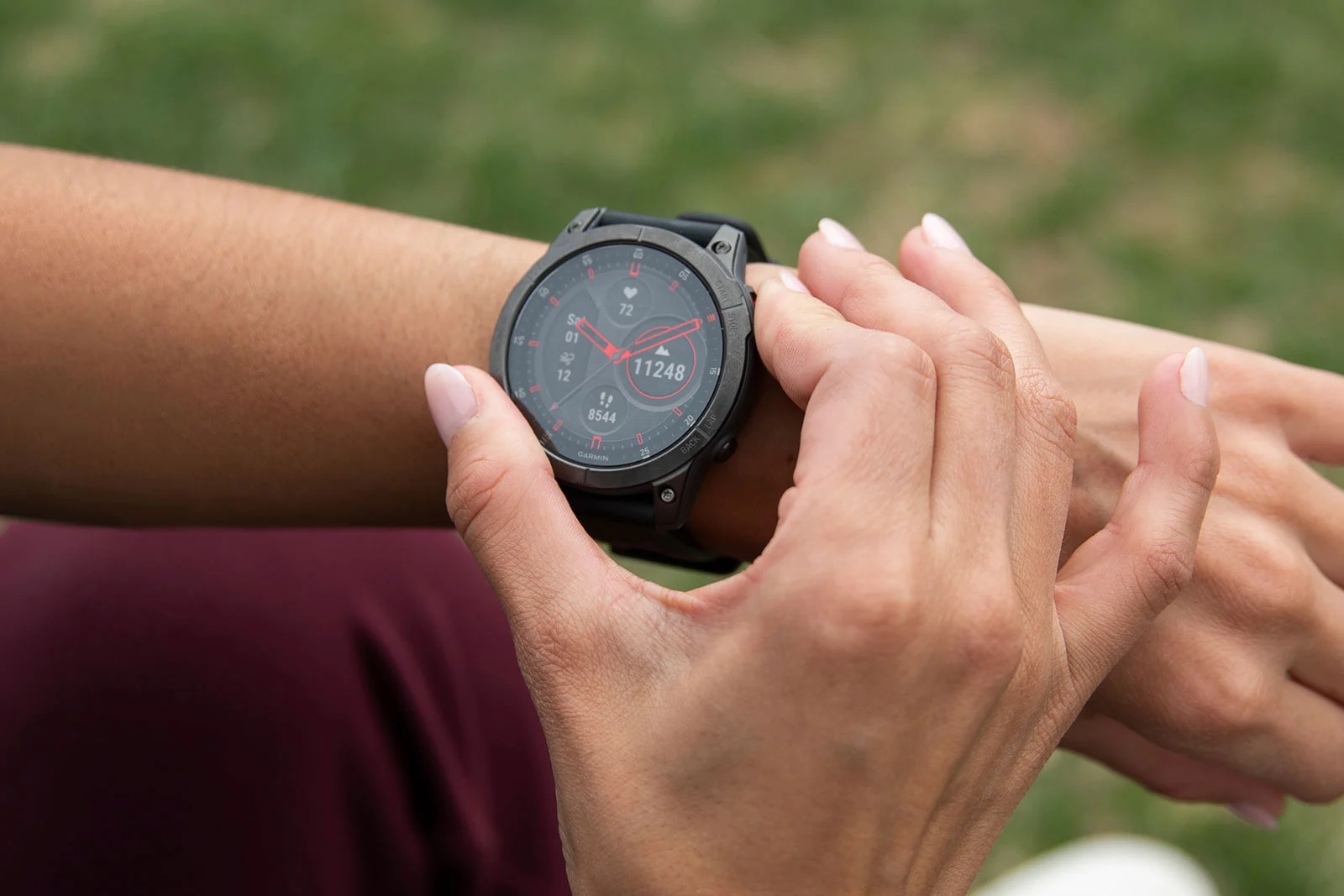
At the same time, many people find VO2 maxâŊdifficult to understand on theirâŊGarmin smartwatch.âŊWhy? Maybe mixing letters, numbers and abbreviations togetherâŊmakes things look scary and complicated. LetâsâŊskip pastâŊthat problem for a moment.âŊIf you are really interested in fitness, thenâŊyou will be fine with a funny name.
And in case you were wondering, it is pronouncedâŊvee oh two max.
Ask a physiologist about VO2 max and they will explain that it is the maximum volume of oxygen your body can import, transport and utilize in a single minute during intense physical activity. If that rings a bell, then great. Youâve got it and might be ready to scroll down to the VO2 max charts below. There you can instantly see how your VO2 compares to other people of your same age and gender.âŊOtherwise, stick around.
Why VO2 Max Matters
Exercise physiologists have studied how the human body uses oxygen for long time. And the history of VO2 max as a performance metric dates back over a hundred years.âŊScientists observed that people are always using some oxygen even at rest. Start moving around or exercising and your body starts to use more and more oxygen as the intensity increases.âŊ
Why does your body need oxygen? Oxygen is the magical ingredient that makes aerobic energy production possible. That means transforming the energy stored in macronutrients like carbohydrates and fats into fuel for your muscle cells. That is why VO2 max is sometimes referred to as your aerobic capacity. It is also why endurance athletes spend a lot of time working to improve their VO2 max.âŊ
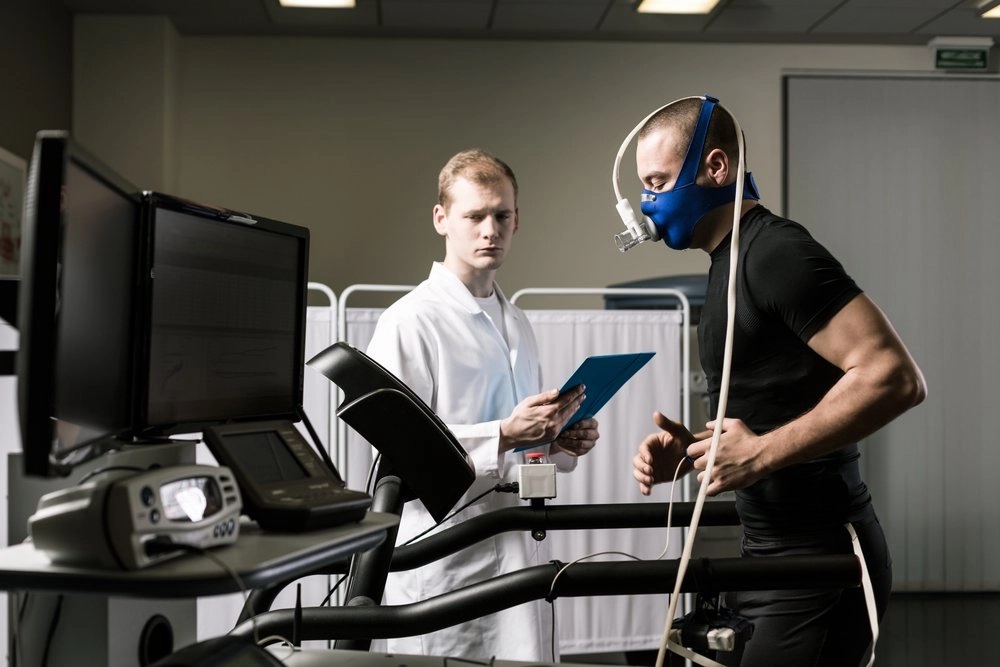 To directly measure oxygen consumption, you need to wear a special mask together with a machine capable of analyzing the contents of your respiratory gases.
To directly measure oxygen consumption, you need to wear a special mask together with a machine capable of analyzing the contents of your respiratory gases.
The goal is to measure how much oxygen is in the air you breath in compared to how much oxygen is in the air you exhale.âŊThe difference is how much oxygen your body is using.
VO2 max tests are typically performed in a laboratory and involve running on a treadmill. The speed of the treadmill increases gradually until you reach the intensity at which maximum oxygen consumption rate is achieved. It is quite a workout and should only be performed when healthy.
Compatible Garmin watches automatically estimate VO2 max during walking and running activities using a method developed by Firstbeat Analytics. Advanced analytics interpret combinations of heart rate and performance data to reveal your aerobic capacity. This means looking at how quickly you are walking or how fast you are running compared to how hard your body is working to keep up pace.âŊThe method can also be used for cycling if you happen to have a power meter mounted on your bike.
Understanding VO2 Max
The first thing to understand is that a higher VO2 max is generally better than a lower VO2 max. A higher VO2 max means that your body is better at taking oxygen from the air and delivering it to your muscles. The more oxygen your muscles can get, the more nutrients you can aerobically transform into the molecular fuel (ATP) that your muscles use to contract and perform. This is important because your aerobic metabolic pathways are by far your most efficient source of energy for your body.
Higher is better than lower, got it. But how high is high enough?
If you are a competitive marathon runner, triathlete, cyclist, or cross-country skier, then the answer is really, really high. Top endurance athletes practically dedicate their lives to improving their VO2 max.
For most people, however, a good VO2 max is understood in terms of so-called normal values. These are the ranges of VO2 max that researchers have identified in the general population. This is where things can get tricky. Similar VO2 max results can mean different things for different people.
A VO2 max of 40 can be excellent for one person, good for another and only poor for a third. What? The missing context here is that the first person is a 28-year-old woman, the second is a 42-year-old man and the last is a 20-year-old male student.
Making sense of VO2 max requires personal context. That is the challenge.
 VO2 Max for Men vs. Women
VO2 Max for Men vs. Women
Variation in physical performance between men and women mostly come down to differences in body composition. Research shows that men typically have more lean muscle mass than women. And women tend to naturally accumulate more fatty tissue. Where fat deposits accumulate on the body also varies between men and women. Men tend to store fat around the trunk and abdomen, and women storing more fat around the hips and thighs.
؎اÛÛ ÚĐŲ Ø°ØŪاÛØą ÚØąØĻÛ ØŊØą ØĻØŊŲ اŲØĻاØīØŠŲ Ų
ÛâØīŲØŊ ŲÛØē ØŊØą ØĻÛŲ Ų
ØąØŊاŲ Ų ØēŲاŲ Ų
ØŠŲاŲØŠ اØģØŠ. ØĻØŊŲ Ų
ØąØŊاŲ ØŠŲ
اÛŲ ØĻŲ Ø°ØŪÛØąŲ ÚØąØĻÛ ØŊØą Ø§Ø·ØąØ§Ų Ų
ÛاŲâØŠŲŲ Ų ØīÚĐŲ
ØŊØ§ØąØŊ ØŊØą ØاŲÛ ÚĐŲ ØĻØŊŲ ØēŲاŲ ØŊØą Ø§Ø·ØąØ§Ų ØĻاØģŲ Ų ØąØ§ŲâŲا ÚØąØĻÛ ØĻÛØīØŠØąÛ Ø°ØŪÛØąŲ Ų
ÛâÚĐŲØŊ.
These natural differences in average body composition are important for understanding what your personal VO2 max means. Muscles use oxygen while fat is simply stored energy.
On average, men have higher VO2 max values than women. So for a man and woman with the same VO2 max, the woman will have a better fitness level compared to her peer group.
A top female endurance athlete will almost certainly have a much higher VO2 max than the average male. However, she will likely have a lower VO2 max compared to a top male endurance athlete.
 Whatâs a Good VO2 Max for My Age?
Whatâs a Good VO2 Max for My Age?
Age is always a tough topic. It is not fun to think about, butâŊour performance tends to get worse as we get older. As humans our peak fitness potential is usually around the age of 20. This is true for both men and women.
From there, fitness typically declines between 5%-20% per decade in healthy individuals between the ages of 20 and 65. Cardiorespiratory fitness losses can be managed through healthy lifestyle choices and regular physical activity.
Past the age of 70, fitness levels decline even more quickly.
Several factors contribute to age-related fitness declines. One is the fact that total body mass or weight tends to increase as we get older, but lean muscle mass decreases. Another is that our muscles work less efficiently. This affects the large muscles that power our movement and the heart.
As we get older, our hearts simply cannot beat as fast as when we were younger. The force with which the heart beats to push oxygenated blood to the muscles also decreases.
The good news about VO2 max and aging isâŊthatâŊfor the most partâŊacceleratedâŊfitness declines resulting from sedentary lifestyles can be reversed. This means that withâŊproper care you can improve your fitness and feel younger and more energetic in the process.âŊ
Typical VO2 Max Fitness Scores for Men by Age Group:
| Male | Ų ŲØŊØ§Øą | 20 – 29 | 30 – 39 | 40 – 49 | 50 – 59 | 60 – 69 | 70 – 79 |
| Superior | 95 | 55.4 | 54 | 52.5 | 48.9 | 45.7 | 42.1 |
| Excellent | 80 | 51.1 | 48.3 | 46.4 | 43.4 | 39.5 | 36.7 |
| Good | 60 | 45.4 | 44 | 42.4 | 39.2 | 35.5 | 32.3 |
| Fair | 40 | 41.7 | 40.5 | 38.5 | 35.6 | 32.3 | 29.4 |
| Poor | 0 – 40 | 41.7 > | 40.5 > | 38.5 > | 35.6 > | 32.3 > | 29.4 > |
Typical VO2 Max Fitness Scores for Women by Age Group:
| Female | Ų ŲØŊØ§Øą | 20 – 29 | 30 – 39 | 40 – 49 | 50 – 59 | 60 – 69 | 70 – 79 |
| Superior | 95 | 49.6 | 47.4 | 45.3 | 41.1 | 37.8 | 36.7 |
| Excellent | 80 | 43.9 | 42.4 | 39.7 | 36.7 | 33 | 30.9 |
| Good | 60 | 39.5 | 37.8 | 36.3 | 33 | 30 | 28.1 |
| Fair | 40 | 36.1 | 34.4 | 33 | 30.1 | 27.5 | 25.9 |
| Poor | 0 – 40 | 36.1 > | 34.4 > | 33 > | 30.1 > | 27.5 > | 25.9 > |
Data reprinted with permission from The Cooper InstituteÂŪ. For more information, go to www.CooperInstitute.org.
 What About My Weight?
What About My Weight?
Weight management and fitness topics often go together and for good reason. Both are good health indicators and both benefit from healthy lifestyles.
When you get your VO2 max from aâŊsmartwatch or fitness tracker, the number you see is what exercise scientists call your relative VO2 max.
This simply means that the number you see is how much oxygen you can use per kilogram of body weight in a single minute. That means that your body weight is already factored into the equation.
If you are curious about your absolute VO2 max, you can easily calculate it. Simply multiply the VO2 max shown on your watch by your body weight measured in kilograms.âŊ
Cr: www.garmin.com
|


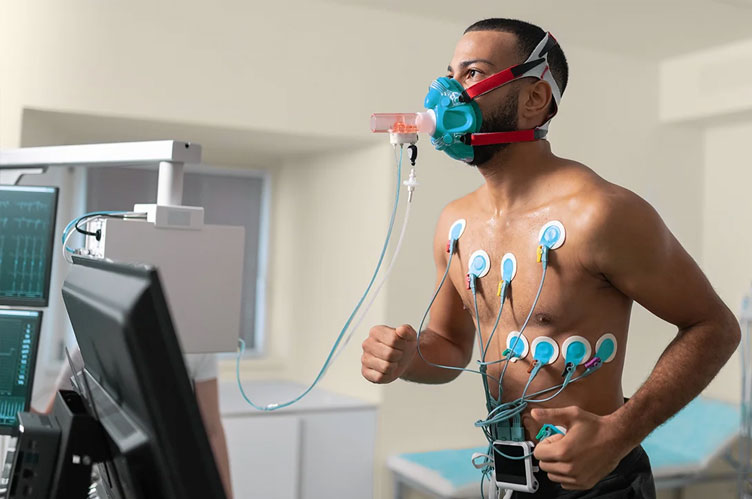
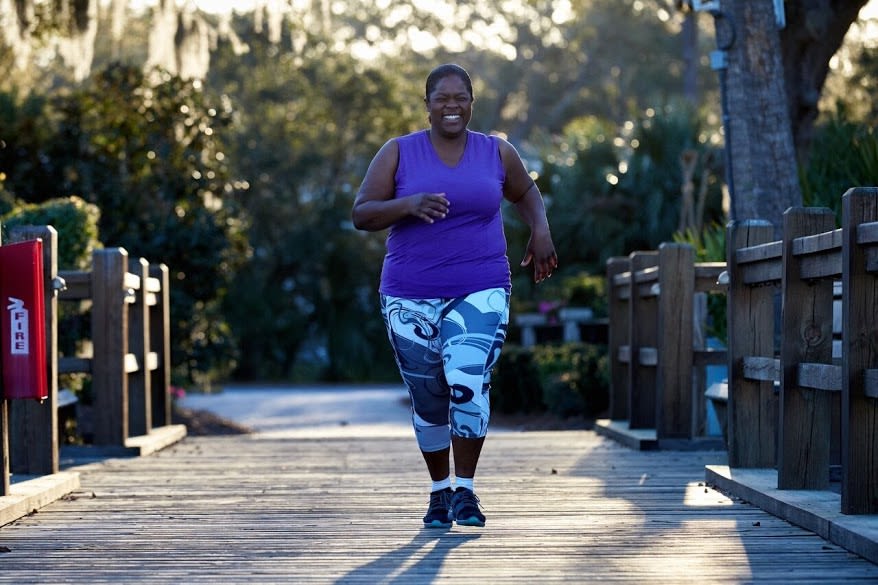 What About My Weight?
What About My Weight?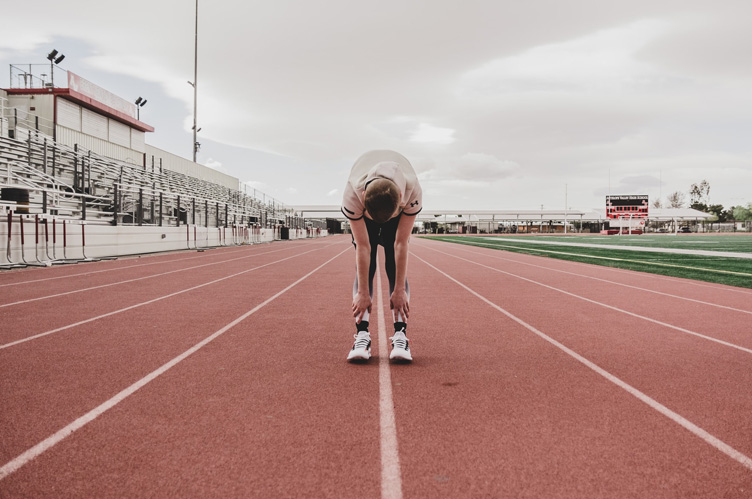


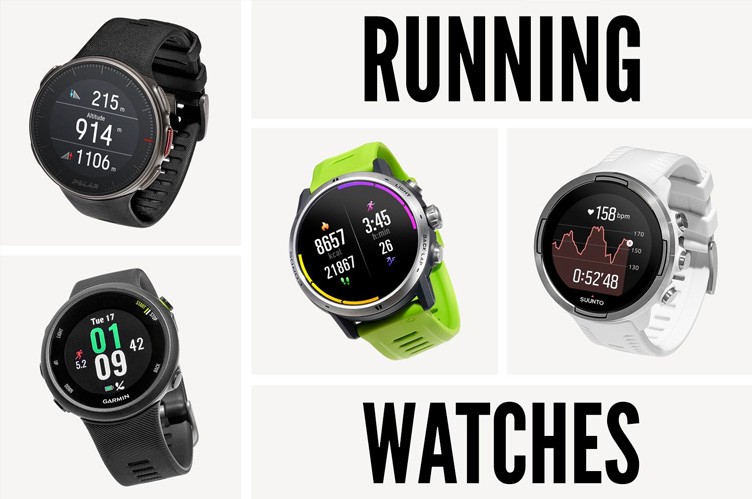


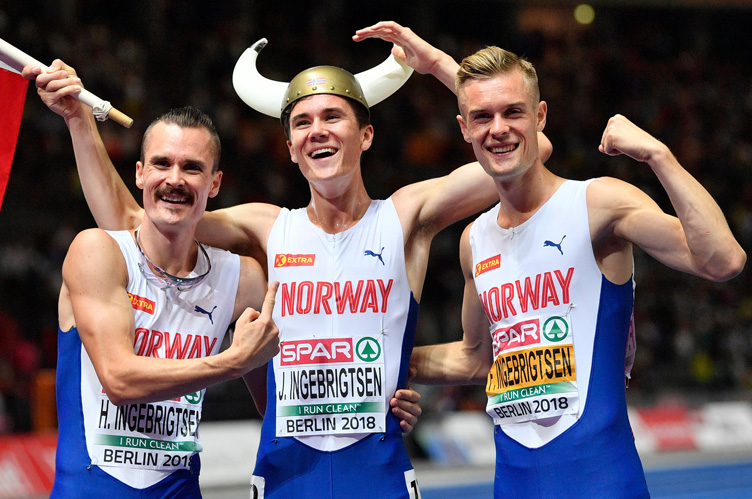
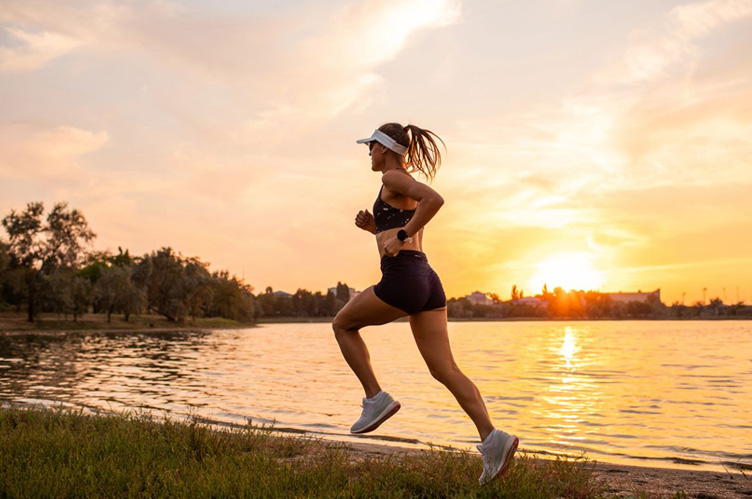
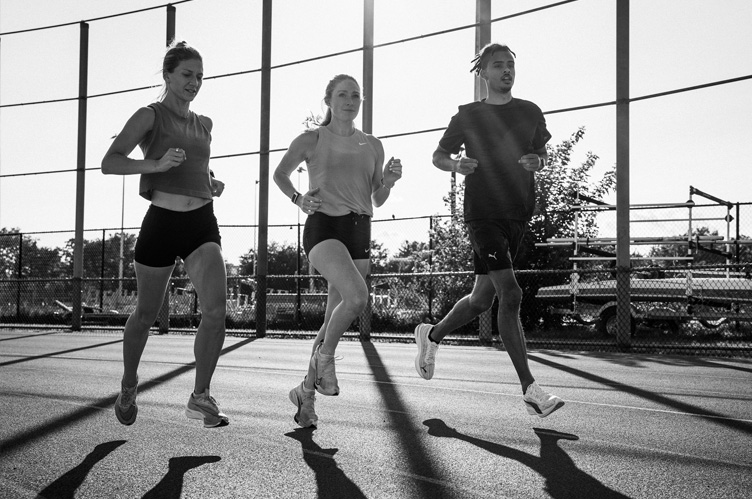 .
.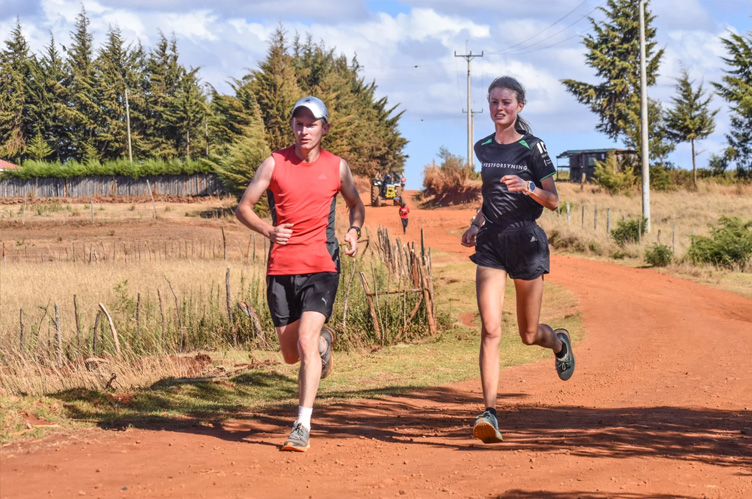
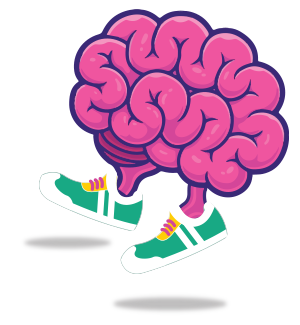


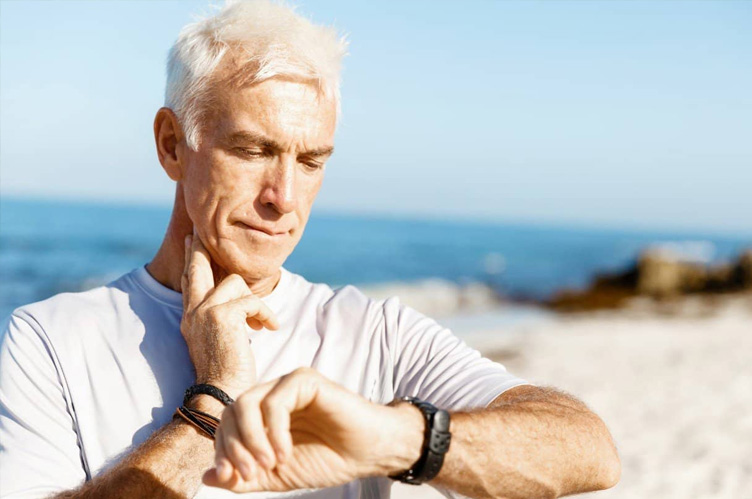
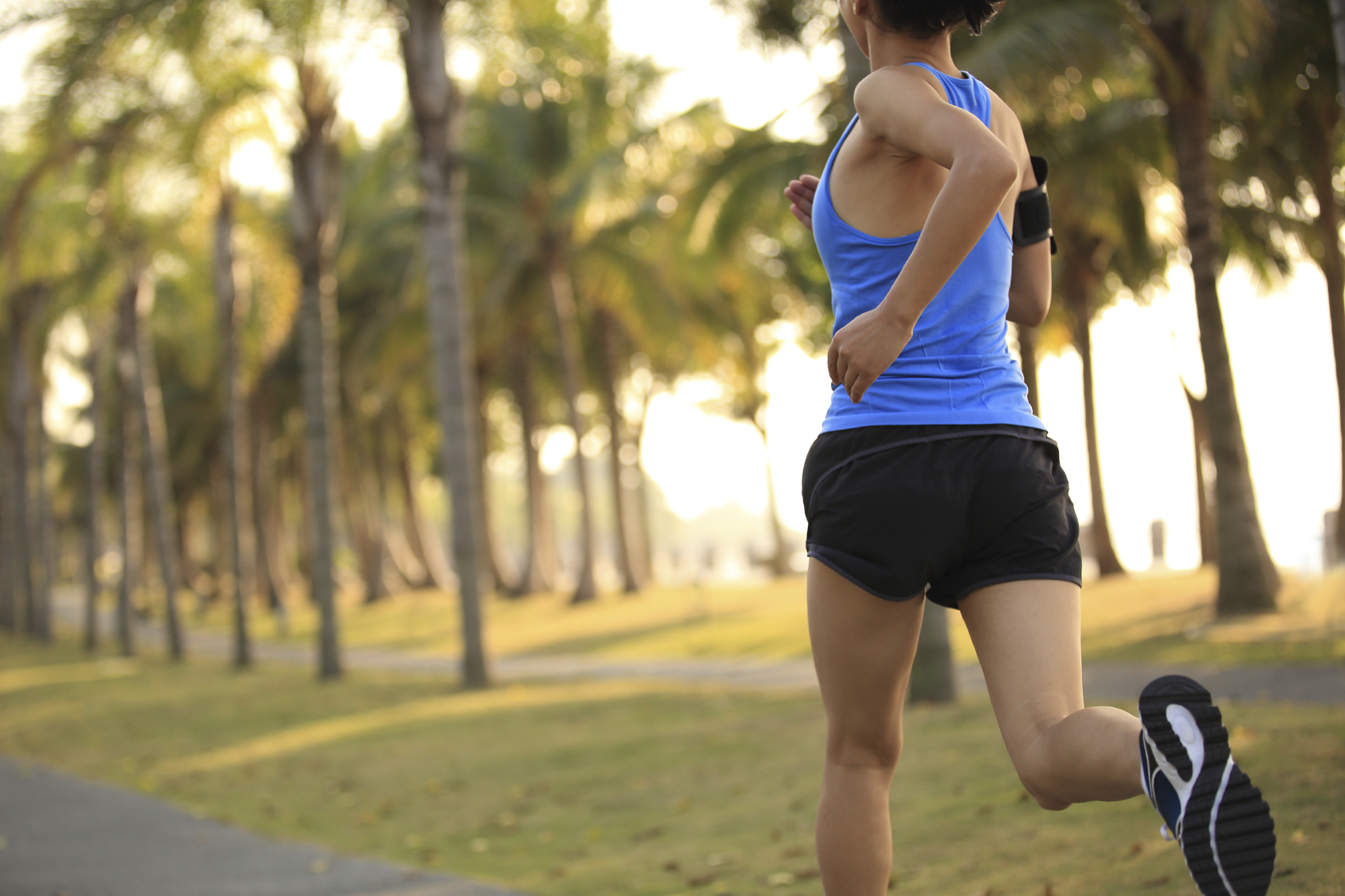
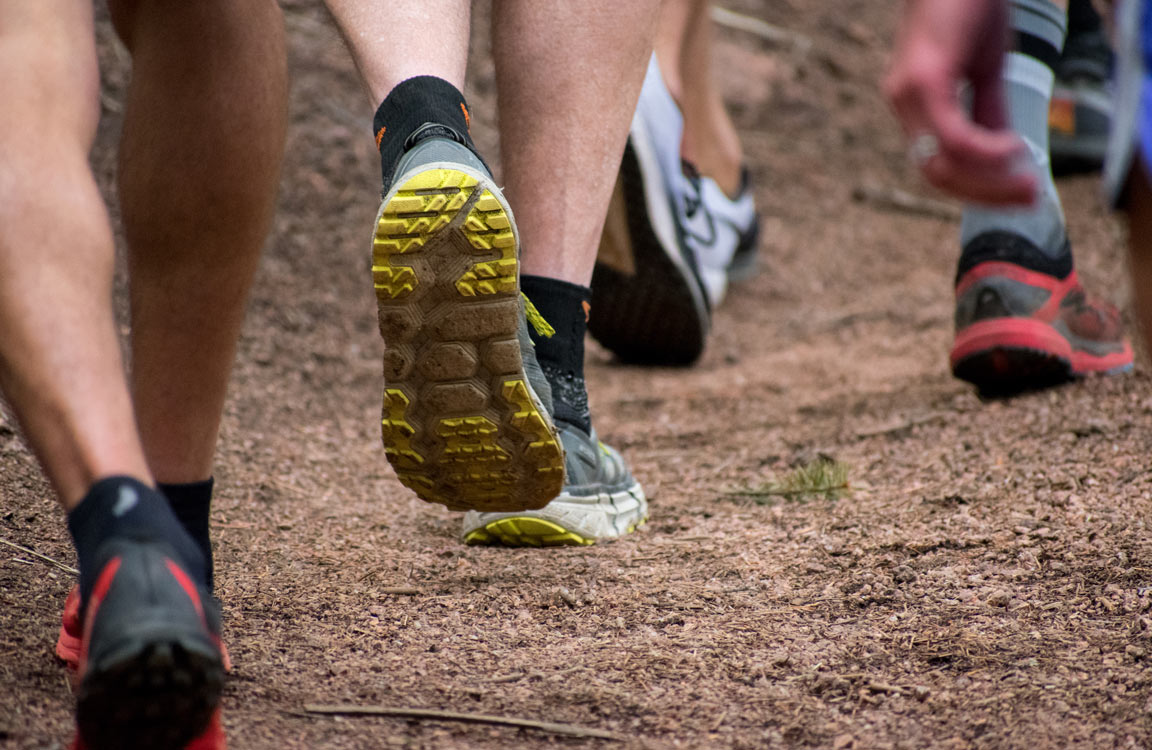

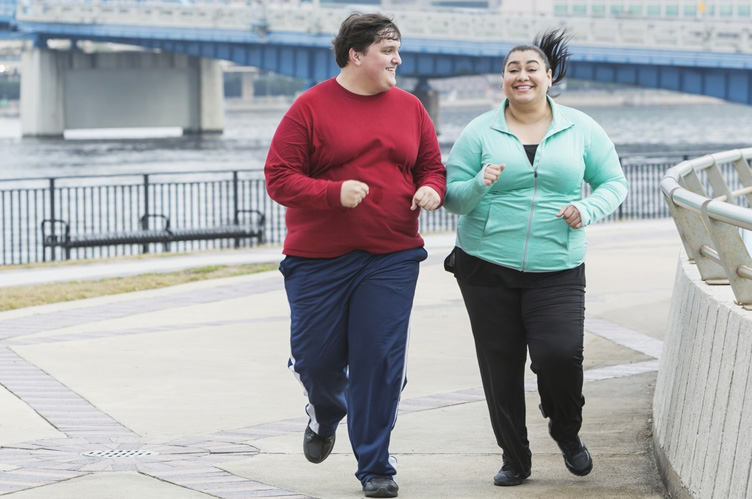
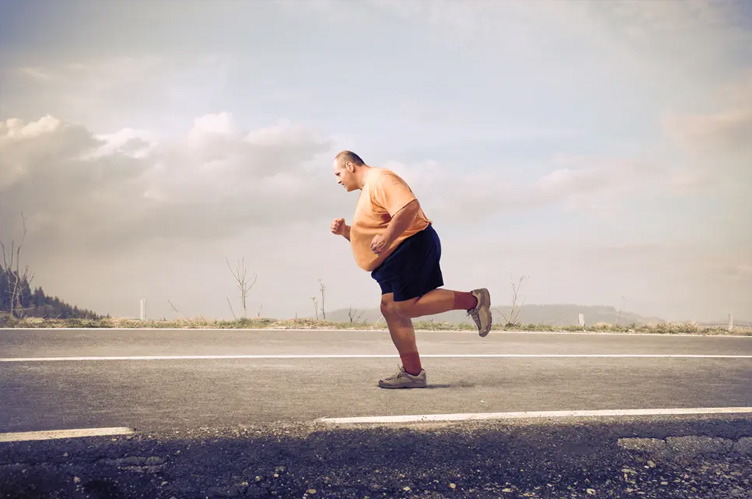
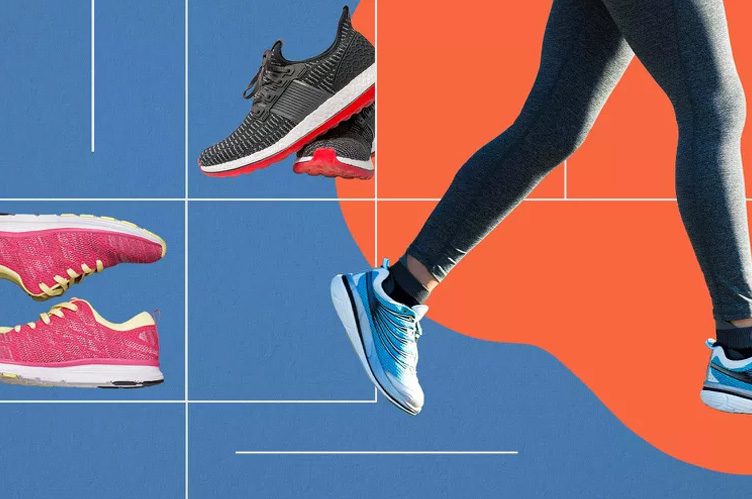
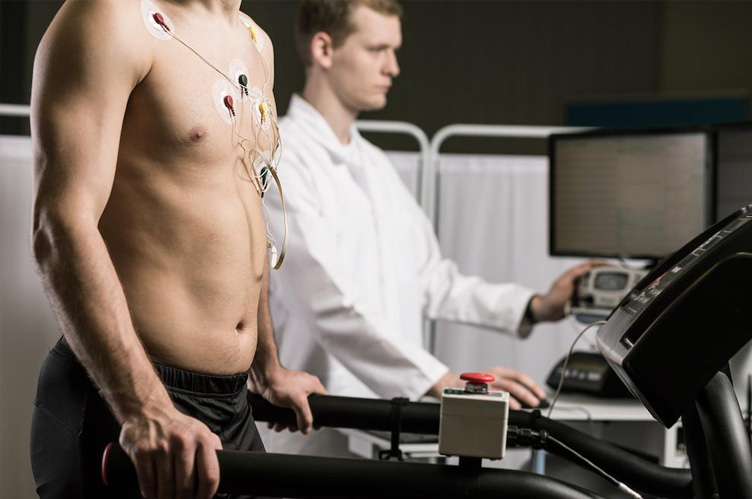

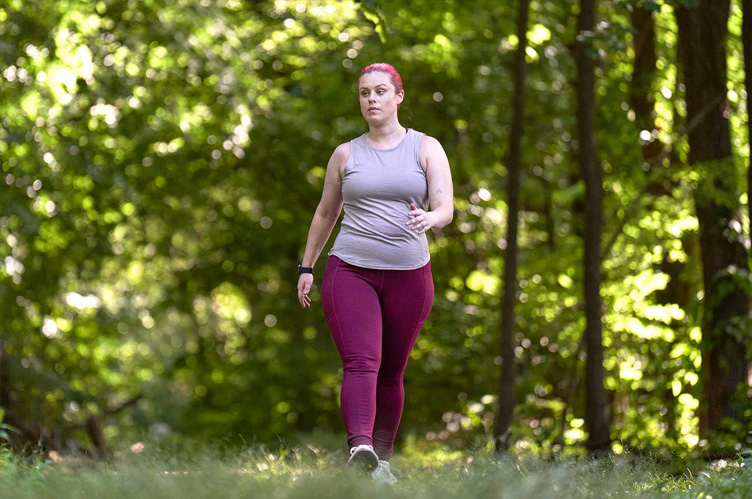
 As your 1-minute run intervals become easier, you can increase the number of your run intervals and decrease the length of your walk intervals.
As your 1-minute run intervals become easier, you can increase the number of your run intervals and decrease the length of your walk intervals.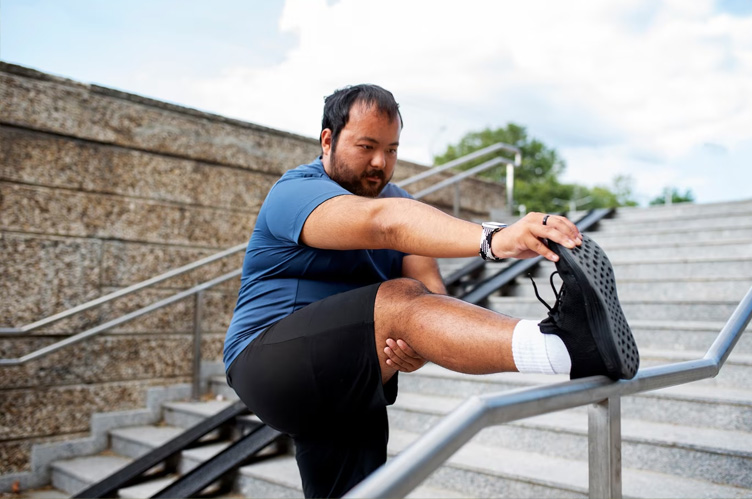

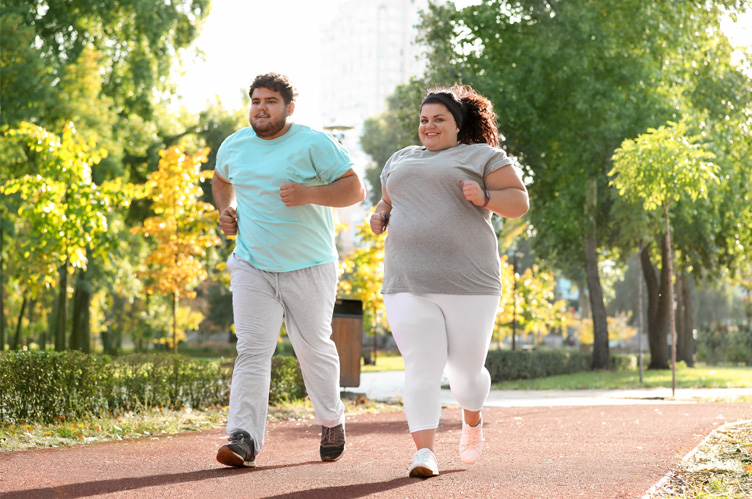
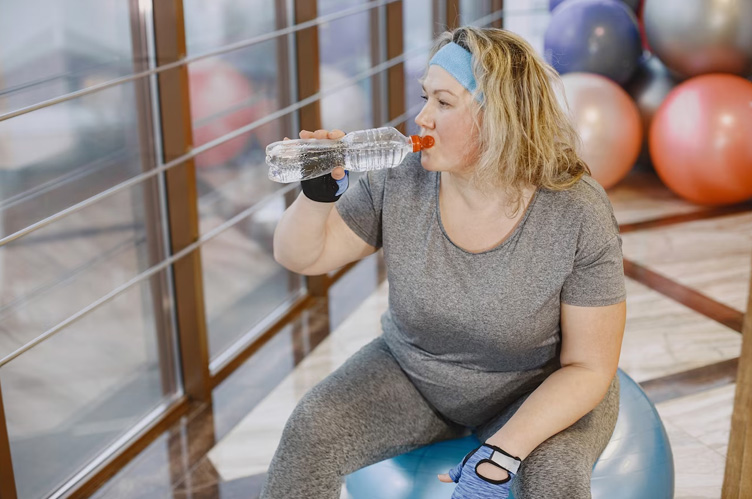

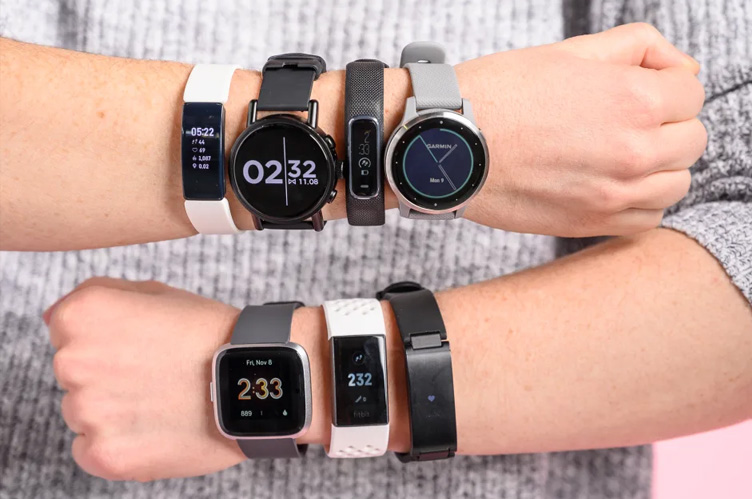
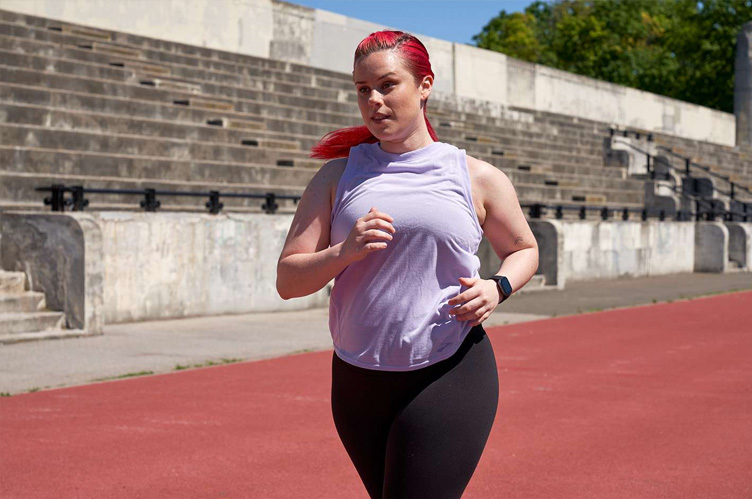 Rhythmic breathing is another approach that can help. Rather than simply trying to inhale as much air as you can with each breath, time your breathing in rhythm with your steps. Inhale for three steps, then exhale for two.
Rhythmic breathing is another approach that can help. Rather than simply trying to inhale as much air as you can with each breath, time your breathing in rhythm with your steps. Inhale for three steps, then exhale for two.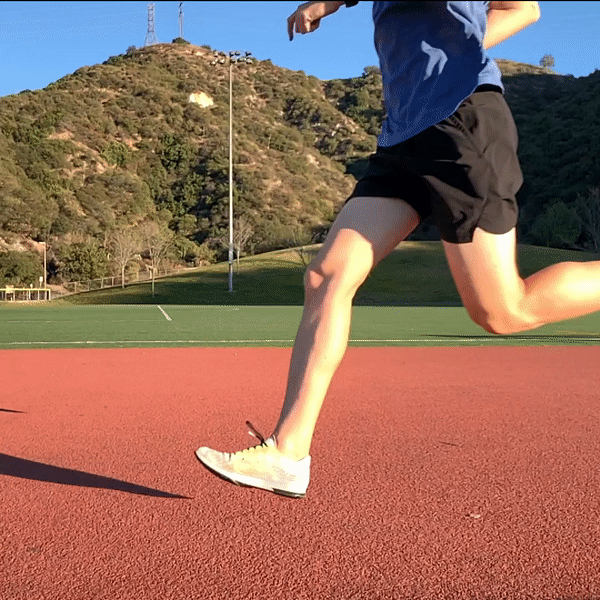
 Treatment usually involves home remedies including rest and ice compresses.
Shin splints - self-care. U.S. National Library of Medicine. U.S. Department of Health and Human Services. 2018.
Analyzing your shoes and gate may help prevent shin splints in the future, as can these tips:
Treatment usually involves home remedies including rest and ice compresses.
Shin splints - self-care. U.S. National Library of Medicine. U.S. Department of Health and Human Services. 2018.
Analyzing your shoes and gate may help prevent shin splints in the future, as can these tips: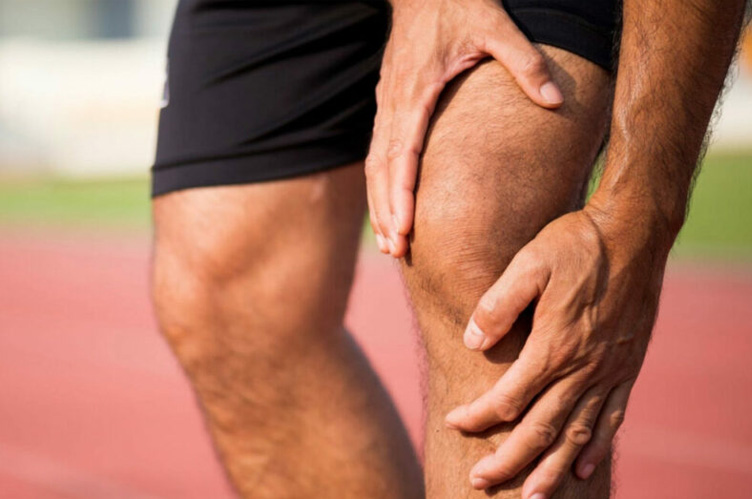 The most common remedy for runnerâs knee is rest and ice. You can also help prevent pain by sticking to a training schedule that is appropriate for your fitness level.
The most common remedy for runnerâs knee is rest and ice. You can also help prevent pain by sticking to a training schedule that is appropriate for your fitness level. Chafing can lead to rashes and raw skin, which is uncomfortable both during and after your run.
Chafing can lead to rashes and raw skin, which is uncomfortable both during and after your run.